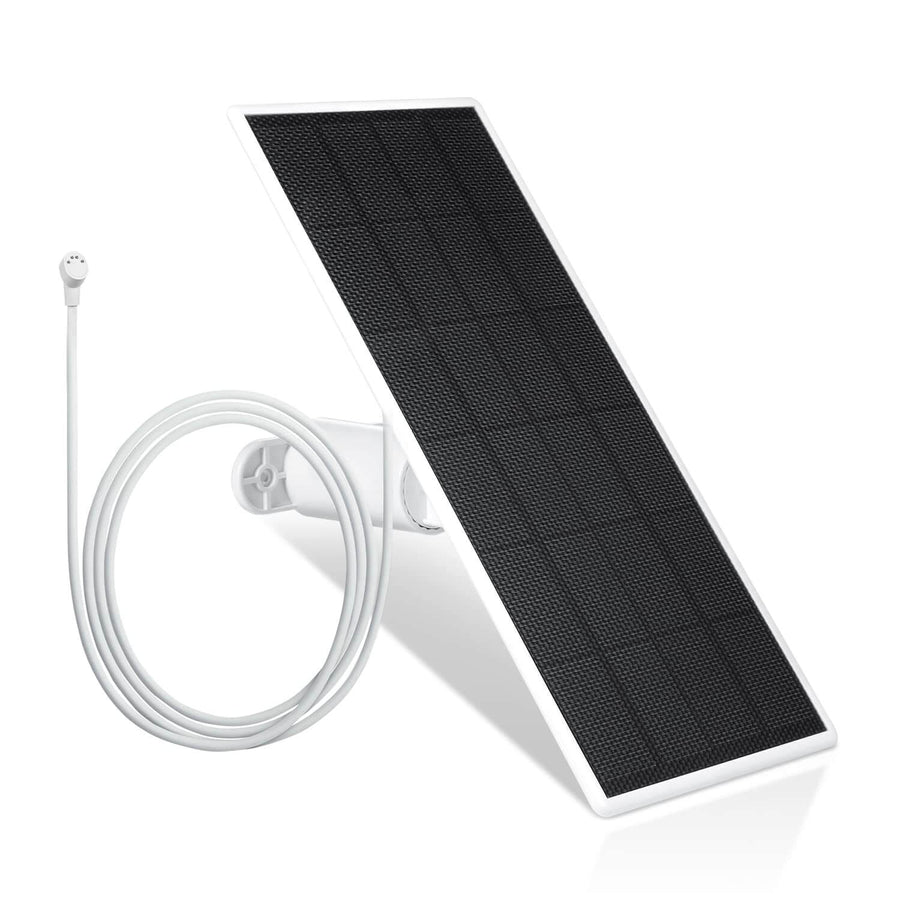Signs of a Bad Neighborhood: How to Recognize Unsafe Areas
Moving to a new area or simply navigating a city can be challenging, especially when it comes to assessing safety. Recognizing the signs of a bad neighborhood can help you make informed decisions for your daily personal life, whether you’re looking to relocate, avoid crime hotspots, or understand community dynamics. This guide will help you identify red flags in local neighborhoods and stay safe.
10 Most Dangerous Cities in America in 2024
Crime and Safety Indicators
Crime and safety are key factors in determining whether a neighborhood is safe or not. Certain indicators, such as crime rates, police presence, and physical security measures, can reveal a lot about an area’s safety. Recognizing these signs can help you assess the level of risk before deciding to move or spend time in a neighborhood.
High Crime Rates
One of the most obvious red flags of a bad neighborhood is high crime rates. Resources such as the FBI crime database, local police reports, and crime-tracking apps like Neighbors and SpotCrime provide essential crime statistics. Frequent reports of violent crimes (assaults, shootings) and property crimes (car break-ins, vandalism) indicate unsafe areas. A neighborhood where broken car window glass is commonly seen in parking lots may have a problem with theft and burglary.
The Most Dangerous Cities in California 2024
Frequent Police Presence & Sirens

An irregular police presence, including flashing lights and constant sirens, may signal a dangerous community. However, it is important to differentiate between proactive policing and frequent emergency responses to violent incidents.
Lack of Street Surveillance, Security Cameras & Security Measures
A neighborhood with minimal security measures, such as the absence of a security camera, can be an easy target for crime, especially in high-crime neighborhoods. Areas without proper surveillance create opportunities for illegal activities to thrive. When security cameras, streetlights, and visible deterrents are lacking, residents may feel unsafe, and crime rates can rise.
Graffiti, Vandalism, Drug Dealing, and Gang Activity
Excessive graffiti, especially in the form of thick tags and symbols, can indicate gang presence and territorial markings. Public spaces such as bus stops, schools, and street signs that are frequently vandalized or damaged suggest neglect and a lack of community investment. The presence of gang-related graffiti and repeated vandalism often correlates with increased criminal activity, making the area less safe for residents.
Top 10 Most Dangerous Cities in NC in 2024
Poor Infrastructure & Neglected Public Spaces
A well-maintained neighborhood reflects a strong community and city investment, while neglected areas with deteriorating infrastructure can indicate deeper economic and safety issues. Poorly kept public spaces, abandoned buildings, and not enough basic infrastructure can contribute to crime and lower the quality of life for residents. Recognizing these warning signs can help assess the stability and livability of an area.
Abandoned Buildings & Boarded-Up Homes

A neighborhood with multiple abandoned buildings and boarded-up homes is often a sign of economic decline and instability. These properties can become hotspots for illegal activities, including drug dealing, squatting, and vandalism. When houses remain vacant for extended periods, it suggests that the area is struggling with high foreclosure rates, job loss, or a declining population. Additionally, abandoned structures pose safety risks, as they can become structurally unsound and attract criminal activity. Residents living near these properties may feel an increased sense of unease, making it crucial to assess the number and condition of vacant buildings when evaluating a neighborhood.
Poorly Maintained Streets & Sidewalks

Poor neighborhoods tend to have streets full of potholes and missing street signs indicate low city investment. Poorly maintained roads can lead to vehicle damage and accidents, while cracked sidewalks make pedestrian movement difficult and unsafe. A lack of well-functioning street lights also increases security concerns, as dimly lit areas make it easier for criminals to operate undetected.
Overgrown Lawns, Unmaintained Properties & Homeless People
Foreclosed homes with neglected yards suggest an absent landlord. Overgrown lawns, random garbage piles, and houses in visible disrepair are signs of a disengaged community. When property owners and tenants fail to maintain their spaces, it reflects a lack of pride in the area, which can contribute to a cycle of neglect and decline.
Local Businesses and Economic Health
The economic state of a neighborhood can provide valuable insight into its overall health and safety. A thriving area typically has a variety of businesses, including grocery stores, banks, and retail establishments, that cater to residents' needs. In contrast, a struggling community often has numerous closed or abandoned storefronts, a high concentration of liquor stores and payday loan centers, and little to no new business investment. These signs indicate economic decline, which can contribute to higher crime rates and reduced quality of life.
High Number of Closed or Boarded-Up Stores

A declining economy results in shuttered grocery stores, banks, and pharmacies. Bad communities tend to have more off-brand stores instead of mainstream retailers. The presence of many vacant businesses and abandoned commercial spaces suggests economic hardship and reduced consumer activity, which can further impact the quality of life in the neighborhood.
Presence of Liquor Stores, Pawn Shops & Payday Loan Centers
An excess of check cashing stores, pawn shops, and payday loans often indicates economic distress. A lack of fresh food stores can create food deserts, limiting access to healthy groceries. The concentration of predatory financial institutions often suggests a struggling economy where residents rely on short-term, high-interest solutions to meet financial needs.
Few or No New Business Investments
A neighborhood with minimal business investments may struggle with stagnant growth and a lack of opportunities. The absence of new local stores, restaurants, or office spaces can indicate economic downturns or reluctance from investors to commit to the area. Signs of economic stagnation include empty lots where businesses once thrived and a lack of ongoing construction or renovation projects. In contrast, neighborhoods on the rise typically showcase business expansion, new commercial developments, and increased entrepreneurial activity. The presence of startups, new franchises, and small businesses can signal a positive economic outlook and potential for future growth.
Social and Community Factors
A strong sense of community and social engagement can indicate a thriving and safe neighborhood. Conversely, a lack of communal activities, excessive noise disturbances, and minimal neighborhood involvement may signal deeper issues that contribute to crime and instability. Understanding these factors can help residents and potential movers gauge the overall livability of an area.
Lack of Community Engagement
Few public events, farmer’s markets, or local neighborhood watch programs indicate low community participation. A neighborhood with minimal social interaction and community-driven initiatives may lack the cohesion needed to address crime, advocate for improvements, or foster a sense of belonging among residents.
High Turnover Rate & Rental vs. Ownership Ratio
Frequent loud music, people talking loudly at odd hours, and aggressive dogs are common in struggling neighborhoods. Illegal street racing, excessive loitering, and disruptive gatherings can indicate lawlessness. High levels of noise pollution suggest a lack of respect for shared spaces, contributing to a chaotic and potentially unsafe environment.
Noise Pollution & Public Disturbances

Excessive noise and frequent public disturbances can be signs of a disorderly neighborhood. Loud parties, ongoing arguments, and street racing indicate a lack of respect for community rules and weak law enforcement. Persistent noise complaints can also suggest underlying issues like overcrowded housing, nightlife-related crime, or substance abuse problems that negatively impact residents' quality of life.
Public Services & Education
Public services and educational facilities play a crucial role in determining the livability of a neighborhood. Poor-quality schools, limited transportation options, and inadequate emergency services can negatively impact the safety and well-being of residents.
Poor-Quality Schools
Lower-rated schools often reflect broader community struggles. Schools with underfunded programs, poor academic performance, and high dropout rates can signal economic and social instability. Checking school ratings through online databases and local reviews before moving can provide valuable insights into the neighborhood's overall condition.
Limited Public Transportation & Poor Accessibility

A lack of reliable public transportation options can indicate poor infrastructure investment. Fewer bus routes, infrequent schedules, and deteriorating transit stations may limit mobility and job opportunities, contributing to economic struggles within the community.
Lack of Emergency Services & Medical Facilities
Areas with fewer hospitals or long ambulance response times can present serious risks in emergencies. Hospital closures and a lack of medical facilities may indicate a neighborhood in decline, making access to urgent healthcare more difficult for residents.
Other Factors to Consider
A neighborhood's digital footprint, local environment risks, and on-the-ground observations can provide additional insights into its overall safety and livability.
Digital Footprint of the Neighborhood
Checking online community groups, social media discussions, and neighborhood apps can reveal real experiences from residents. Google Reviews for local businesses and services can also highlight red flags, such as frequent complaints about crime, poor infrastructure, or unresponsive local authorities.
Climate & Environmental Issues
Areas prone to flooding, hurricanes, or air pollution can pose long-term risks. Natural disasters impact neighborhood safety, insurance costs, and overall property values, making it crucial to research these factors before moving in.
Street-Level Observations Before Moving In
Visiting the neighborhood at different times of the day provides a better sense of daily activity. Observing foot traffic, cleanliness, presence of homeless people, and interactions among residents can give valuable insight into the community’s atmosphere and overall safety.
What to Do If You Already Live in a Bad Neighborhood?
Living in a bad neighborhood with safety concerns can be challenging, but there are steps you can take to improve your security and overall quality of life. From strengthening your home defenses to engaging with the community, proactive measures can make a significant difference in reducing risks and fostering a safer environment.
Enhance Home Security
Some house owners install bars to keep intruders away, but modern technology has allowed for a smarter way to improve home security. Installing security cameras helps capture images of suspicious activity, while motion-activated floodlights and alarms can deter criminals. Investing in a robust security system can provide immediate notifications of unusual movements around your home, improving overall safety.
Build Community Networks
Joining a local neighborhood watch program and engaging with community groups can foster connections and improve safety. A strong network of vigilant residents can deter criminal activity and help create a more secure environment.
Know Your Exit Plan
Saving money, improving your credit, and researching safe direct routes to work and home are essential steps in planning a move to a safer area. Understanding the nearest entrance and exit points in case of emergency is also crucial for personal safety.
Conclusion
Recognizing the signs of dangerous neighborhoods is essential for safety. From crime indicators to economic decline, knowing these warning signs helps in making informed decisions. If you already live in an unsafe area, taking steps to improve home security and community involvement can enhance safety.
FAQ
Are all low-income neighborhoods dangerous?
No, many low-income neighborhoods have low crime and strong communities. Crime depends on factors like policing, infrastructure, and community engagement rather than income alone.
Can a bad neighborhood improve over time?
Yes, with better policing, investment, and community efforts. Economic development, improved schools, and local engagement can lead to positive change.
Are there online tools to check crime rates?
Yes, sites like NeighborhoodScout, SpotCrime, and FBI Crime Data Explorer provide crime reports and safety ratings.
What’s the best way to report crime anonymously?
Use Crime Stoppers, police tip lines, or anonymous reporting apps like P3 Tips to report crime safely.
Do streetlights reduce crime?
Yes, well-lit areas deter criminals by improving visibility and making suspicious activity easier to spot.








Leave a comment